Tamarind Tree
- November 17, 2023
- 0 comment
The Tamarind tree, scientifically known as Tamarindus indica, is a tropical tree revered for its multifaceted significance across various cultures. Standing tall with graceful, feathery foliage, this deciduous tree is native to Africa but has found a home in many tropical regions around the world.
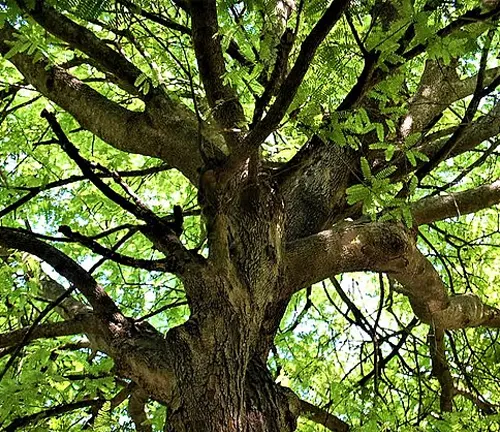
What sets the Tamarind tree apart is its distinctive pod-like fruits, which house a unique blend of sweet and tangy pulp. These pods, often used in culinary applications, are a staple in many cuisines, adding a burst of flavor to dishes. Beyond its gastronomic appeal, the Tamarind tree plays a pivotal role in traditional medicine, with its bark, leaves, and fruit extracts believed to possess various health benefits.

Additionally, the tree holds cultural importance, featuring prominently in folklore and religious practices. Its sturdy wood is utilized in carpentry, and the tree itself provides ample shade, making it a valued part of the landscape. With a rich history and a myriad of practical uses, the Tamarind tree is a symbol of both cultural heritage and natural resourcefulness.
| Characteristic | Description |
|---|---|
| Scientific Name | Tamarindus indica |
| Family | Fabaceae |
| Native Region | Africa |
| Height | Up to 25 meters |
| Foliage | Deciduous, feathery foliage |
| Fruit | Pod-like, containing sweet and tangy pulp |
| Culinary Use | Widely used in cooking for its unique flavor |
| Medicinal Properties | Bark, leaves, and fruit extracts used in traditional medicine |
| Cultural Significance | Featured in folklore and religious practices |
| Wood Usage | Sturdy wood used in carpentry |
| Landscape Value | Provides ample shade, valued in landscaping |
| Growth Conditions | Thrives in tropical climates, well-drained soil |
Botanical Beauty of the Tamarind Tree
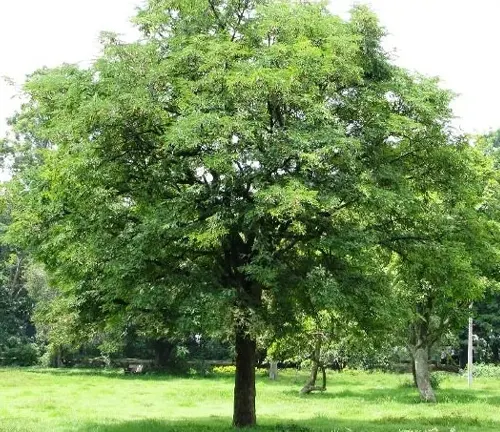
The Tamarind Tree, scientifically known as Tamarindus indica, stands as a botanical marvel with its graceful silhouette and feathery foliage. Native to Africa, this deciduous beauty has spread its roots across tropical regions worldwide. Its botanical allure lies not only in its towering height, reaching up to 25 meters, but also in the intricate details of its pod-like fruits, which cradle a unique blend of sweet and tangy pulp. The Tamarind Tree’s botanical charm is a testament to nature’s artistry, making it a captivating presence in any landscape.
Woodland Elegance
Beyond its botanical aesthetics, the Tamarind Tree boasts woodland elegance with its sturdy wood. The timber derived from this tree is not merely utilitarian; it holds intrinsic beauty and resilience. Used in carpentry, the Tamarind Tree’s wood adds a touch of natural sophistication to various creations. Its contribution to both functional and aesthetic aspects reflects the tree’s multifaceted significance in our lives.
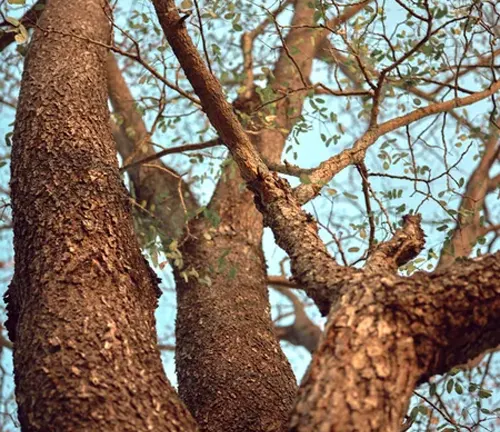
Ecological Importance
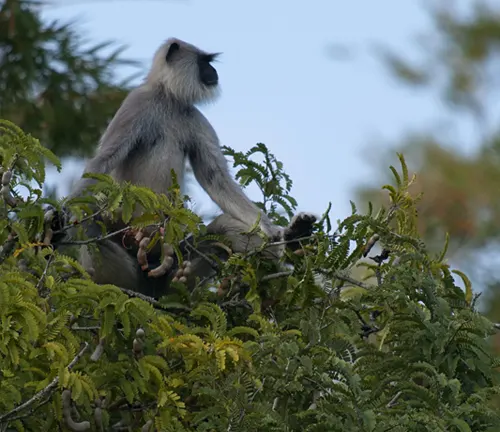
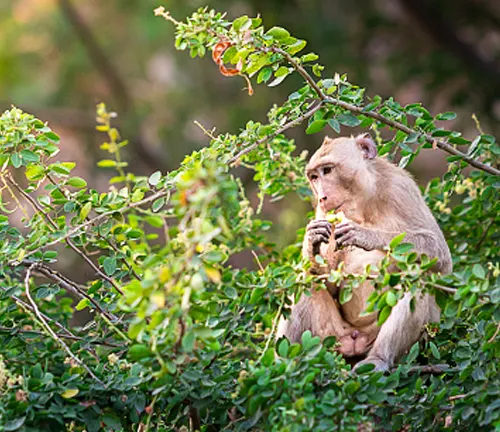
The Tamarind Tree plays a crucial role in the ecological tapestry of its habitat. Acting as a keystone species in tropical ecosystems, it provides shelter and sustenance to a diverse array of flora and fauna. The tree’s large canopy offers shade and habitat for numerous species, contributing to the overall biodiversity of its surroundings. Its presence in the ecosystem underscores the intricate balance of nature.
Cultivation and Conservation
Cultivating the Tamarind Tree is not just an agricultural endeavor; it is a commitment to conservation. The tree’s adaptability to tropical climates makes it a resilient candidate for afforestation efforts. Conservation initiatives focus on preserving the genetic diversity of this species, ensuring its continued presence for future generations. Balancing cultivation with conservation is paramount to sustaining the Tamarind Tree’s ecological impact.

Fragrance
The Tamarind Tree engages not only the visual senses but also the olfactory, as its flowers emit a delicate fragrance. The subtle yet enchanting scent adds another layer to the overall sensory experience of encountering this majestic tree. The fragrance serves as a reminder of the interconnectedness between nature and our senses.
Soil Stabilization
An unsung hero in soil conservation, the Tamarind Tree’s roots play a crucial role in stabilizing soil in tropical regions. Erosion control becomes a natural consequence of its extensive root system, preventing soil degradation and ensuring the sustainability of the surrounding ecosystem. This silent contribution to soil health underscores the tree’s importance beyond its aesthetic and culinary value.
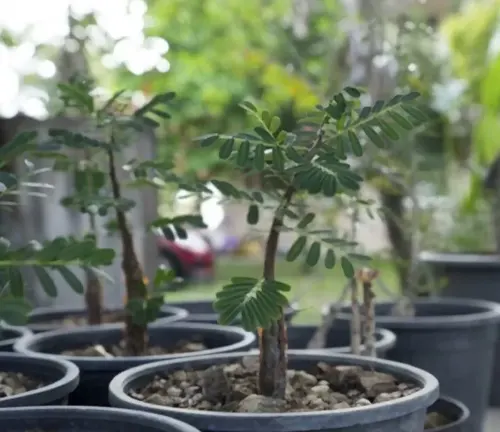
Common Uses
The Tamarind Tree’s versatility extends to its myriad of practical uses. From the culinary world, where its pods add a burst of flavor to dishes, to traditional medicine, utilizing bark, leaves, and fruit extracts for various health benefits, the tree has woven itself into the fabric of human practices. Its common uses highlight the tree’s integration into diverse aspects of our daily lives.
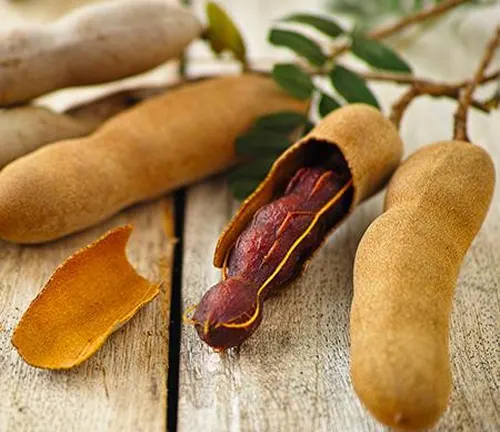
Benefits
Beyond its visual appeal and utilitarian applications, the Tamarind Tree offers a host of benefits. Rich in antioxidants and nutrients, the tamarind fruit contributes to health and well-being. Its role in traditional medicine, addressing ailments and promoting wellness, adds a holistic dimension to its benefits. As we continue to explore and understand the tree’s potential, its benefits become a bridge between nature and human welfare.
Different Species
Tamarindus indica var. indica
This is the most common and widely distributed variety of the Tamarind Tree. It is native to tropical Africa and is cultivated in many tropical regions globally.
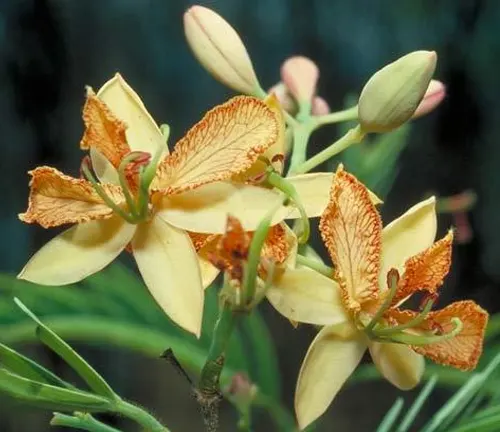
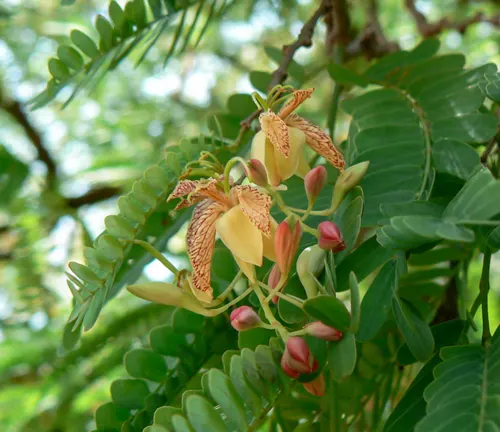
Tamarindus indica var. dulcis
Also known as the “Sweet Tamarind,” this variety is recognized for its sweeter and less acidic taste. It is often preferred in culinary applications where a milder flavor is desired.
Tamarindus indica var. officinalis
This variety is often associated with its use in traditional medicine. Various parts of the tree, including the bark and leaves, are used for their potential health benefits.
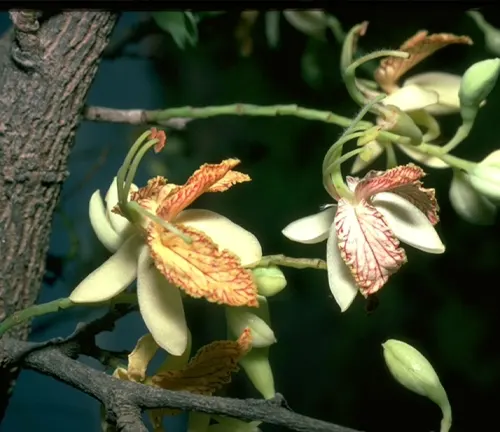
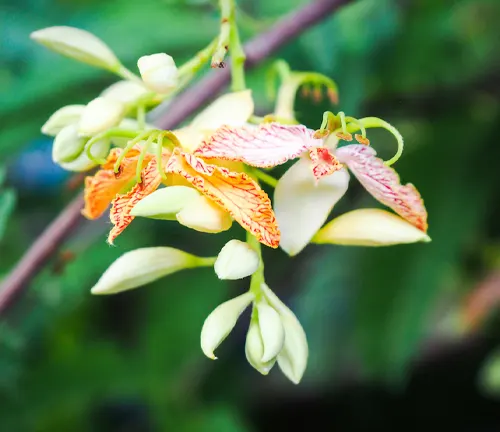
Tamarindus indica x T. occidentalis
(T. indica x T. occidentalis)
Hybrid varieties may occur in regions where Tamarindus indica and Tamarindus occidentalis, another species of the Tamarind genus, overlap. These hybrids may exhibit unique characteristics resulting from the combination of both parent species.
Frequently Asked Questions (FAQs)
- What is a Tamarind Tree?
The Tamarind Tree (Tamarindus indica) is a tropical tree known for its distinctive pod-like fruits, which contain a unique sweet and tangy pulp. It is native to Africa but is cultivated in various tropical regions worldwide. - How tall does a Tamarind Tree grow?
Tamarind Trees can reach a height of up to 25 meters (about 82 feet). - What does the Tamarind Tree look like?
The tree has feathery foliage and produces pod-like fruits. Its leaves are pinnate, and the tree often has a spreading canopy. - Where is the Tamarind Tree native to?
The Tamarind Tree is native to tropical Africa but has been introduced and cultivated in many tropical regions, including Asia, the Middle East, and the Americas. - What is the culinary use of Tamarind?
Tamarind is widely used in cooking for its unique sweet and tangy flavor. It is a common ingredient in various cuisines, sauces, chutneys, and beverages. - Are there different varieties of Tamarind?
While there are different cultivars and regional variations, the Tamarind Tree is primarily of the Tamarindus indica species. Varieties may differ in taste, size, and potential uses. - Is the Tamarind Tree used for medicinal purposes?
Yes, various parts of the Tamarind Tree, including the bark, leaves, and fruit extracts, are used in traditional medicine for their potential health benefits. - How is the wood of the Tamarind Tree used?
The sturdy wood of the Tamarind Tree is used in carpentry for various purposes. It adds a touch of natural elegance to crafted items. - What is the ecological importance of the Tamarind Tree?
The Tamarind Tree plays a crucial role in tropical ecosystems, providing habitat and sustenance for diverse flora and fauna. Its roots contribute to soil stabilization and erosion control. - Can I grow a Tamarind Tree in my backyard?
Tamarind Trees thrive in tropical climates. If you live in a suitable region with warm temperatures, well-drained soil, and space for a large tree, you may consider growing a Tamarind Tree. - What are the health benefits of Tamarind?
Tamarind is rich in antioxidants and nutrients. Its consumption is associated with various health benefits, including digestive support and potential anti-inflammatory properties. - How can I use Tamarind in cooking?
Tamarind can be used in a variety of culinary applications, including marinades, sauces, soups, and desserts. The pulp extracted from the pods is a common form used in cooking.


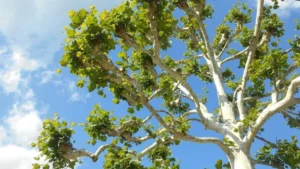

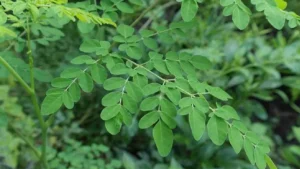
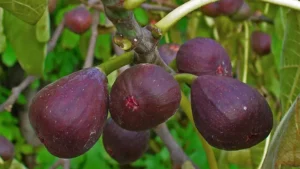
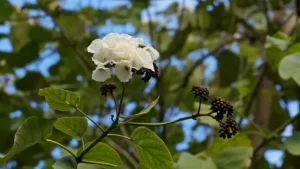
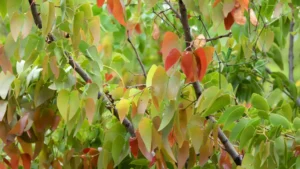
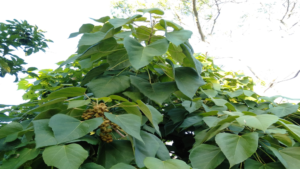
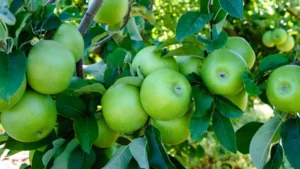
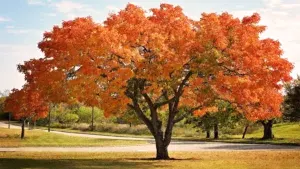
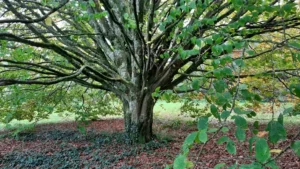
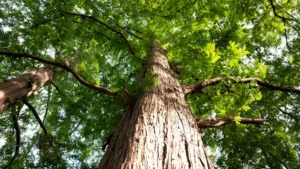

Leave your comment